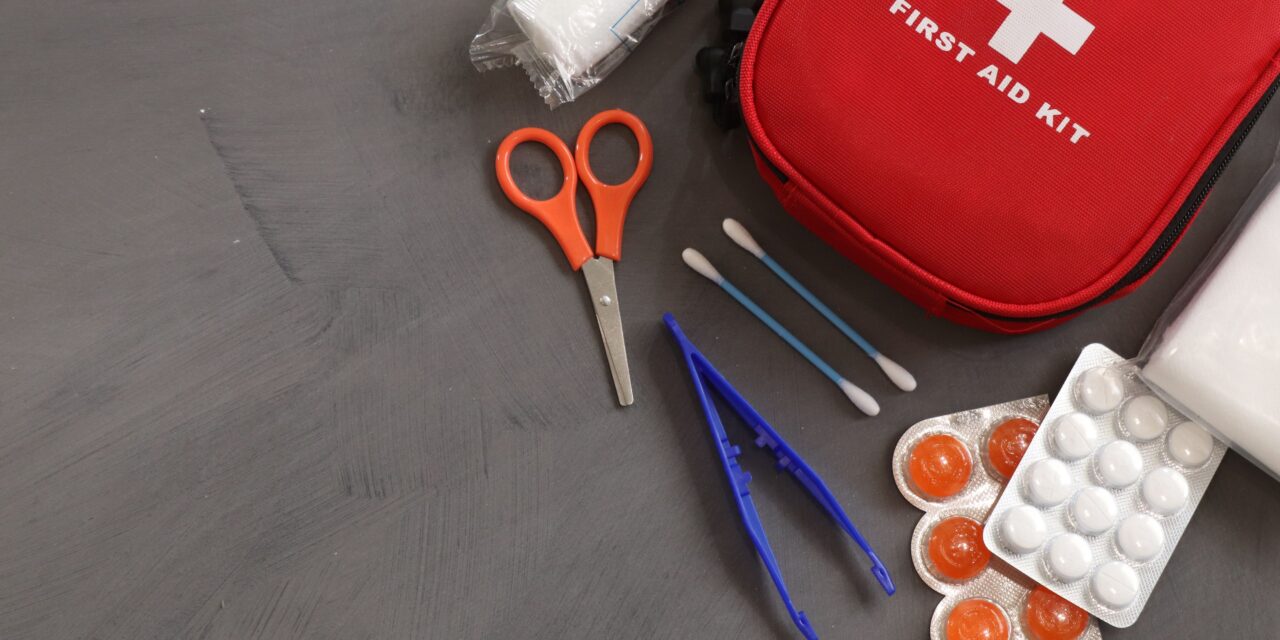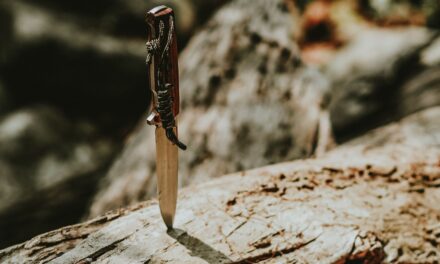The Critical Importance of a Small Survival Kit
In the realm of preparedness and survival, the concept of a small survival kit is pivotal. This essential guide delves into the art of creating a compact yet comprehensive survival kit, tailored to provide crucial support in emergency situations. Whether you are an avid adventurer, an urban dweller, or anyone in between, understanding the nuances of assembling a small survival kit is an invaluable skill in today’s unpredictable world.
A small survival kit is not just a collection of items; it’s a meticulously curated set of tools and supplies designed to address fundamental survival needs while being portable and lightweight. The challenge lies in striking the perfect balance between minimalism and functionality – ensuring that each item serves a critical purpose without adding unnecessary bulk.
The significance of having a small survival kit lies in its accessibility and convenience. In scenarios where carrying a large array of gear is impractical, these kits can be life-savers. From natural disasters to unexpected wilderness situations, a well-prepared small survival kit equips you to handle a variety of challenges, potentially saving lives in the process.
In this article, we will explore the essential components of a small survival kit, providing insights into selecting items based on various factors such as environment, personal needs, and the type of emergency. We will also touch upon expert tips and the latest research in survival tactics, ensuring that your kit is as effective and up-to-date as possible.
Join us as we navigate the critical elements of assembling a small survival kit. By the end of this guide, you will have a thorough understanding of what it takes to build a kit that is not just compact and portable, but also comprehensive and reliable in times of need.
Detailed Components of a Small Survival Kit
A well-constructed small survival kit is a blend of essential items that cater to basic survival needs: shelter, water, fire, and signaling. Here’s a breakdown of what should be included:
- Water Purification: Compact tools like water purification tablets, a small filtration straw, or a collapsible water bottle with a built-in filter are crucial for hydration.
- Shelter: Lightweight emergency bivvy or a space blanket can provide critical warmth and protection from the elements.
- Fire Starting Tools: Waterproof matches, a mini lighter, and a compact ferrocerium rod ensure you can start a fire under various conditions.
- Signaling Devices: A whistle and a small mirror are vital for signaling rescuers in an emergency.
Nutrition and First Aid
Besides the basics, your kit should include:
- Energy-Rich Foods: Pack high-calorie, non-perishable food bars to sustain energy levels.
- First Aid Supplies: Basic first aid items like bandages, antiseptic wipes, and pain relievers. Tailor the kit to personal medical needs if necessary.
Customization Based on Environment and Personal Needs
Your small survival kit should be tailored to your specific environment and personal requirements. Consider the following:
- Environmental Factors: If you’re in a cold climate, focus on items for warmth. In hot climates, prioritize hydration and sun protection.
- Personal Skills: Include items that complement your survival skills. For example, if you’re skilled in foraging, pack a guide on edible plants.
Quality and Durability
Choose items that are durable and reliable. Quality should not be compromised for the sake of size, as these tools may be all you have in a critical situation.
In the next section, we’ll summarize the key takeaways and provide final thoughts on creating and maintaining a small survival kit.
Summary and Key Takeaways: Mastering the Small Survival Kit
Our comprehensive journey through the creation of a small survival kit has covered the critical aspects of assembling a compact yet effective toolkit for emergencies. Key components include:
- Water Purification: Compact, efficient tools for ensuring access to clean water.
- Shelter: Lightweight options for emergency shelter and warmth.
- Fire Starting: Reliable, diverse fire-starting methods suitable for various conditions.
- Signaling Devices: Simple, effective tools for attracting rescue.
- Nutrition: High-calorie, non-perishable food items for energy sustenance.
- First Aid Supplies: Basic medical supplies tailored to personal and general needs.
Final Thoughts: Customization and Maintenance
Creating an effective small survival kit is a personalized process that requires careful consideration of your specific environment, personal needs, and skill set. Here are some final takeaways:
- Customization: Tailor your kit to fit the specific challenges of your environment and personal capabilities.
- Quality Over Quantity: Select high-quality items that are reliable and durable, rather than trying to pack too many items into your kit.
- Regular Review and Update: Periodically review and update your kit to ensure all items are in working order and that food and medical supplies are within their expiration dates.
- Practice and Familiarity: Regularly practice using the items in your kit to ensure proficiency and comfort in their use during actual emergencies.
- Continuous Learning: Stay informed about the latest developments in survival tactics and gear to keep your kit and knowledge up to date.
In conclusion, a small survival kit is a vital component of emergency preparedness. It embodies the principles of survival in a compact form, ready for quick deployment in unexpected situations. By carefully selecting and maintaining your kit, you enhance your readiness and resilience, ensuring you are prepared to face emergencies confidently and effectively.








